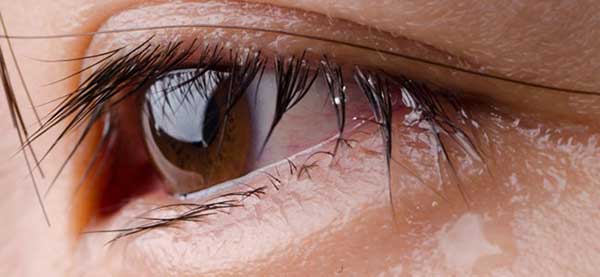Photographer Rose-Lynn Fisher once wondered if her tears of joy would look different compared to her tears of grief, or tears from chopping onions. There’s one way to find out. Put different types of tears under a microscope.
What she discovered is quite remarkable. “I started the project about five years ago, during a period of copious tears, amid lots of change and loss—so I had a surplus of raw material,” Fisher said.
She called the project “The Topography of Tears.” Take a closer look.
Tears from laughing until crying
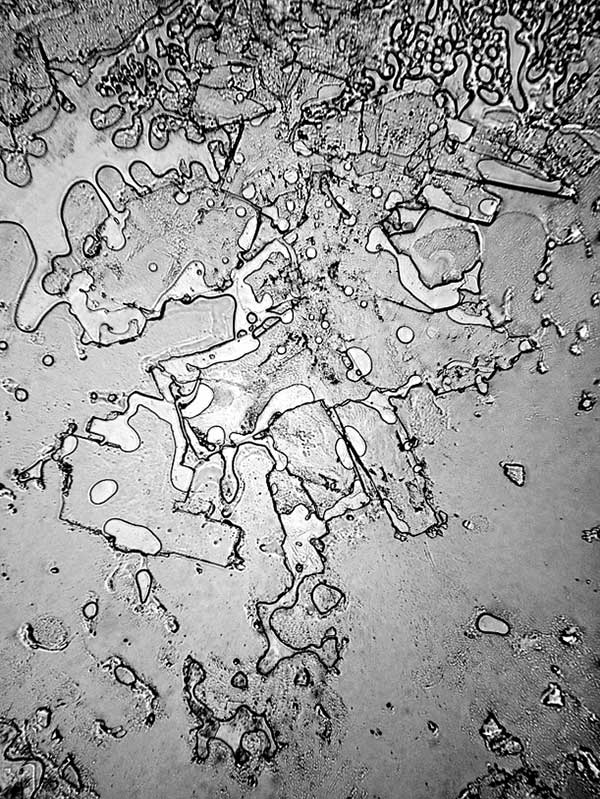
Rose-Lynn Fisher
Tears of change
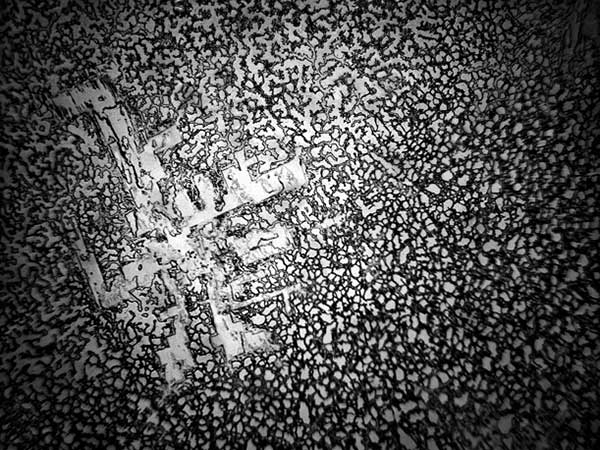
Rose-Lynn Fisher
Tears of grief
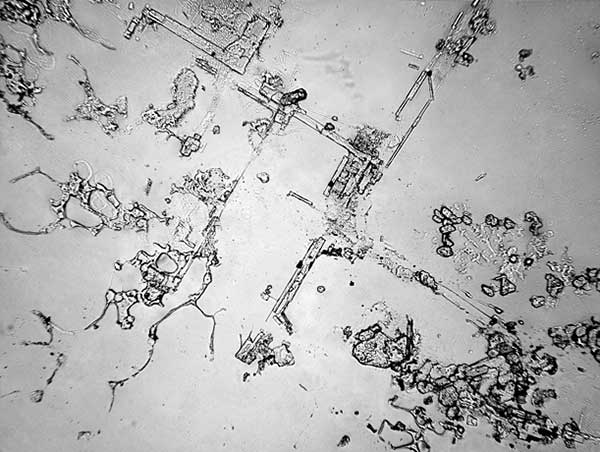
Rose-Lynn Fisher
Tears from onions

Rose-Lynn Fisher
Basal tears
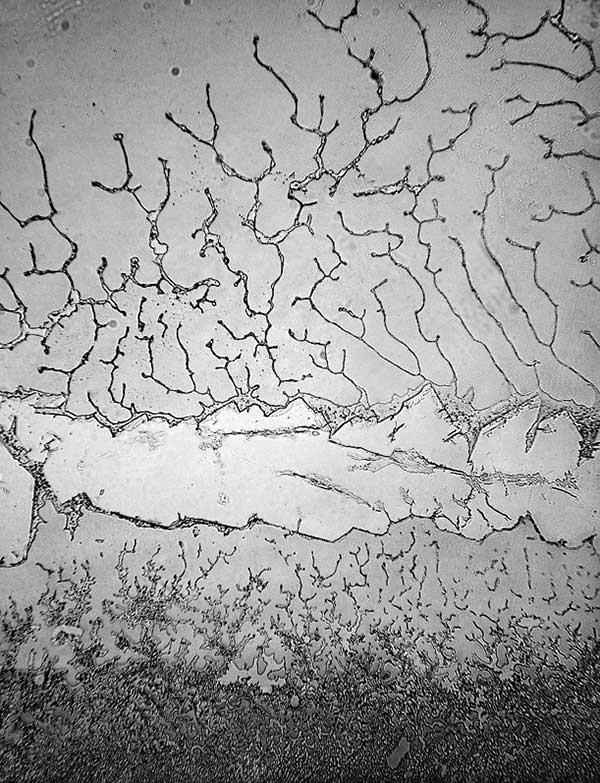
Rose-Lynn Fisher
Tears of timeless reunion

Rose-Lynn Fisher
Tears of ending and beginning
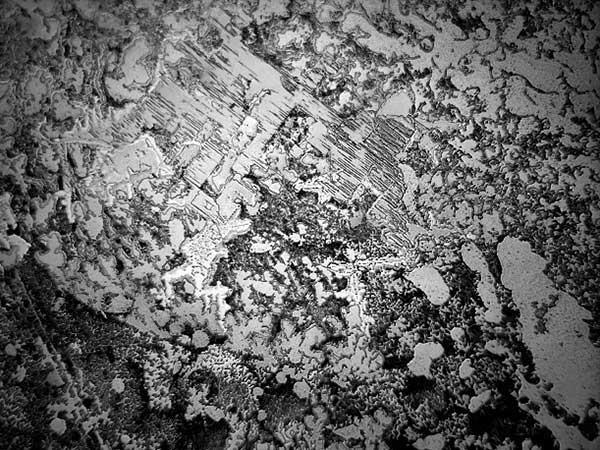
Rose-Lynn Fisher
Tears of momentum, redirected

Rose-Lynn Fisher
Tears of release

Rose-Lynn Fisher
Tears of possibility and hope
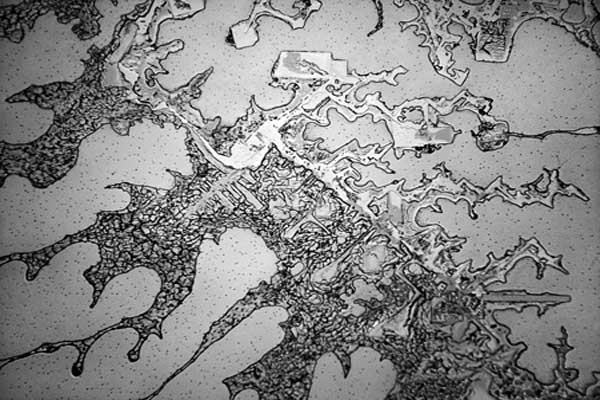
Rose-Lynn Fisher
Tears of elation at a liminal moment

Rose-Lynn Fisher
Tears of remembrance
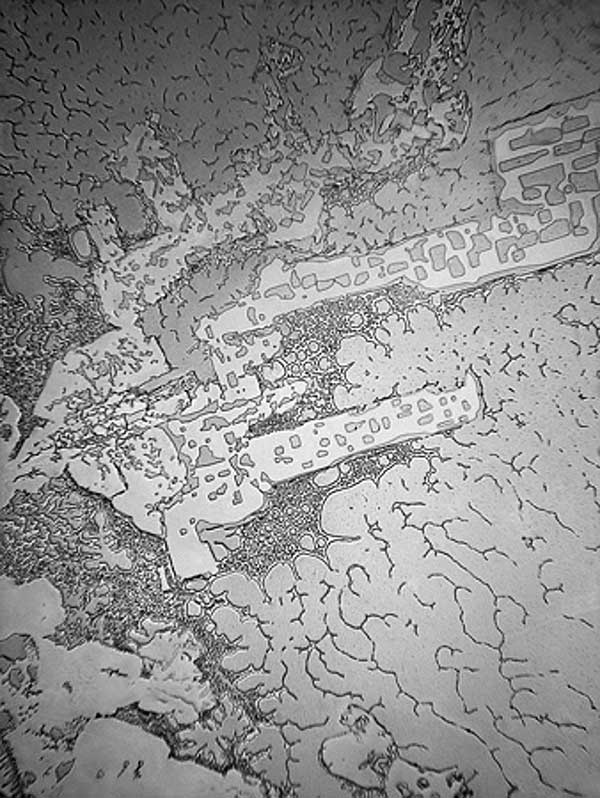
Rose-Lynn Fisher
Credit: Rose-Lynn Fisher
“Everything we see in our lives is just the tip of the iceberg, visually,” Fisher said. “Tears are the medium of our most primal language in moments as unrelenting as death, as basic as hunger and as complex as a rite of passage. It’s as though each one of our tears carries a microcosm of the collective human experience, like one drop of an ocean.”

